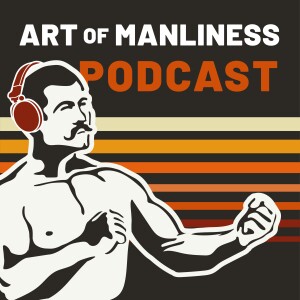
In Finland, children don’t start formal schooling until age seven, aren’t subject to standardized testing, and always get at least one hour of physical activity a day, broken into 15-minute free-play breaks every hour, which take place outside no matter the weather. Finnish parents and teachers espouse mantras like, “Let children be children,” “The children must play,” and “The work of a child is to play.” Yet despite this emphasis on play, Finnish students still achieve enviable academic outcomes, and grow up to become some of the happiest adults on earth.
My guest today says that the Finnish model of education and parenting, with its heavy emphasis on play, is worth replicating in other countries. His name is Pasi Sahlberg and he’s a Finnish educator and researcher currently living in Australia, as well as the co-author, along with William Doyle, of the book Let the Children Play: How More Play Will Save Our Schools and Help Children Thrive. Pasi begins our conversation by sharing what the data says as to how much less kids are playing today than they did in the past, and the factors that have led to this decrease both at school and at home. We discuss the fact that even the play kids do now engage in is more structured and adult-directed, even sometimes involving something called a “recess coach,” and how this has led to the sad phenomenon of children who no longer know how to play on their own. We then discuss what is lost when kids don’t play enough, from a decline in physical and mental confidence to a decrease in creativity. We end our conversation with the elements of healthy play that educators and parents who want to revive it can look to incorporate in their children’s lives.
view more
More Episodes
#822: Developing the Warrior Within
 2023-04-17
2023-04-17
 2023-04-17
2023-04-17
#821: Routines Are Overrated
 2023-04-17
2023-04-17
 2023-04-17
2023-04-17
#820: Escape the Safety Trap
 2023-04-17
2023-04-17
 2023-04-17
2023-04-17
#819: What Made JFK So Compelling?
 2023-04-17
2023-04-17
 2023-04-17
2023-04-17
#818: The Philosophy of Self-Improvement
 2023-04-17
2023-04-17
 2023-04-17
2023-04-17
#816: Building a Second Brain
 2023-01-28
2023-01-28
 2023-01-28
2023-01-28
#817: Building a Second Brain
 2023-01-28
2023-01-28
 2023-01-28
2023-01-28
814: How to Make a Good Argument
 2022-12-16
2022-12-16
 2022-12-16
2022-12-16
#811: The Secrets to Booking Cheap Flights
 2022-12-11
2022-12-11
 2022-12-11
2022-12-11
#810: How to Turn a Boy Into a Man
 2022-12-11
2022-12-11
 2022-12-11
2022-12-11
012345678910111213141516171819
Create your
podcast in
minutes
- Full-featured podcast site
- Unlimited storage and bandwidth
- Comprehensive podcast stats
- Distribute to Apple Podcasts, Spotify, and more
- Make money with your podcast
It is Free
- Privacy Policy
- Cookie Policy
- Terms of Use
- Consent Preferences
- Copyright © 2015-2024 Podbean.com





